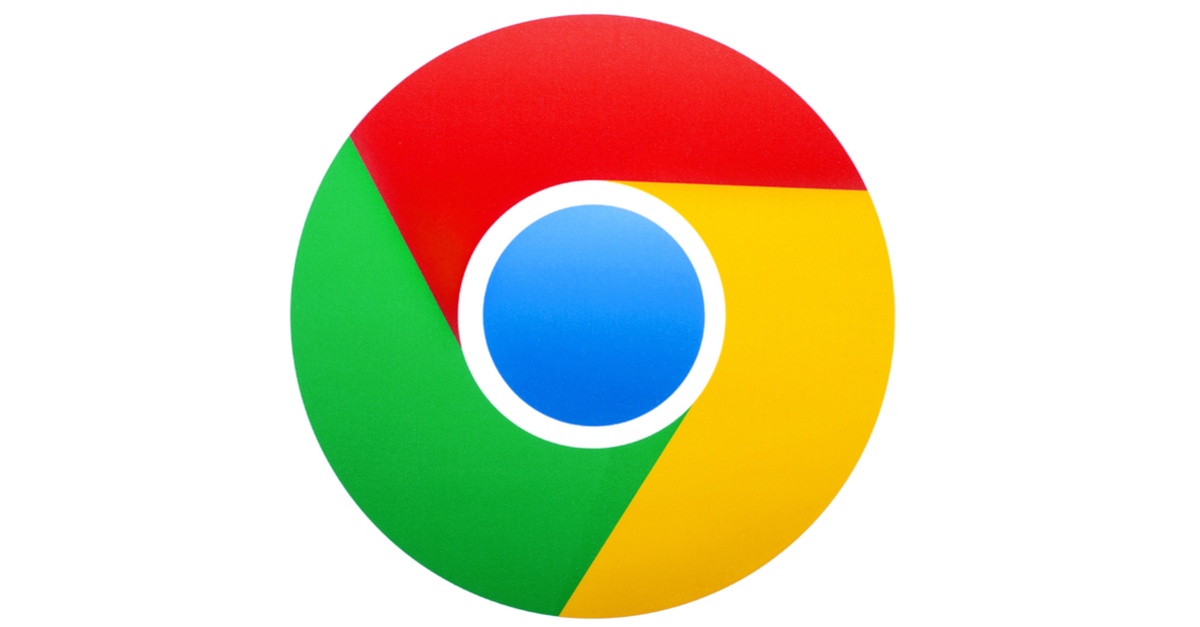Screen-covering pop-ups, countdown timers, ads that start playing sound when you visit a website – just some of the annoying ads Google Chrome’s new integrated filtering promises to start blocking from this week.
Optimistic news coverage has described this as the arrival of adblocking in Chrome, which is neither how Google explains the change, nor technically accurate.
Google, of course, can’t enable full-throated blocking of web advertising because this would risk damaging its business model.
What it does want to do is stop websites from pushing certain kinds of intrusive and distracting advertising tricks in readers’ faces. Specifically:
- Flashing animated ads (mainly a problem for mobile users)
- Large prestitial ads that cover the whole screen (a particular problem for mobile users)
- Auto-playing video ads with sound that catch users off guard
- Postitial ads that delay readers with countdown timers
- Sticky ads that hang around even when the reader scrolls
Chrome VP, Rahul Roy-Chowdhury, explains the change:
By focusing on filtering out disruptive ad experiences, we can help keep the entire ecosystem of the web healthy, and give people a significantly better user experience than they have today.
Chrome users can already achieve this and more by loading one of a number of ad-blockers so all Google’s new filtering is offering is to do a smaller part of that job by default.
Despite complaints that the ad-blocking industry has become deceptive (allowing some advertisers to bypass filters in return for money), the principle is that the end user decides what level of filtering should be applied, and to which sites.
Google’s Chrome ad filtering, by contrast, is more like a feedback mechanism for website owners that measures ads against a set of standards defined by the Coalition for Better Ads, an organisation of which Google is a member.
When Chrome navigates to a website, it will now check the site hasn’t fallen foul of the coalition’s standards. If it has, it will use Easylist filtering rules to assess the ads on it, blocking any that show the behaviours mentioned above.
Users will be shown a message telling them that an ad has been blocked, with the option to “allow ads on this site” should they want to proceed.
If a site persists in serving such ads for more than 30 days according to Google’s Ad Experience Report, Chrome will start blocking them.
This isn’t simply less comprehensive than most ad-blockers, it’s based on a completely different model of how ad control should work.
The hope is that by removing the most annoying ads found on a very small percentage of sites, users might be less inclined to block the remaining “good” ads upon which Google and ad-driven websites depend to make money.
What it can’t do is address the performance and security issues web ads can cause, nor complaints that ad-tracking technologies compromise privacy.
Meanwhile, lurking in the background is the company’s Orwellian-sounding Funding Choices beta program through which websites can charge users who persist in keeping their adblockers turned on.
Some will argue Chrome ad filtering is a step in the right direction. Others might see it as simply the latest attempt to knock the rough edges off an industry without disturbing the ad-heavy surveillance business model that jump-started adblocking’s rise.

Anonymous
How about, “Don’t allow ads to redirect or download without a click”? That would get rid of most of the malware delivery ads.
FreedomISaMYTH
i have stopped visiting most of my fav sites due to ads… i dont want to use noscript but when you go to a site and see 31 or 87 scripts running its insane.
I 100% blame the website/blog owners that are greedy. sure you want to make money but that isnt my concern that you started a company with a business model with a single dependency. Stop crying and run a profitable business without 326 ads…
Ricardo
Is it not obvious to all that they are simply doing this to eliminate the competition?
D
How about some recommendations for EFFECTIVE ad blockers?
Derek
Sounds good to me. I can live with ads if they don’t move or make noise or use up too much of the screen.
Vog Bedrog
Sticky ads are bad enough, but what about sticky content? If I’ve scrolled past a video it’s because I don’t want to watch it – it’s not a subtle hint that autoplaying that same video in a window in the corner would be ok.